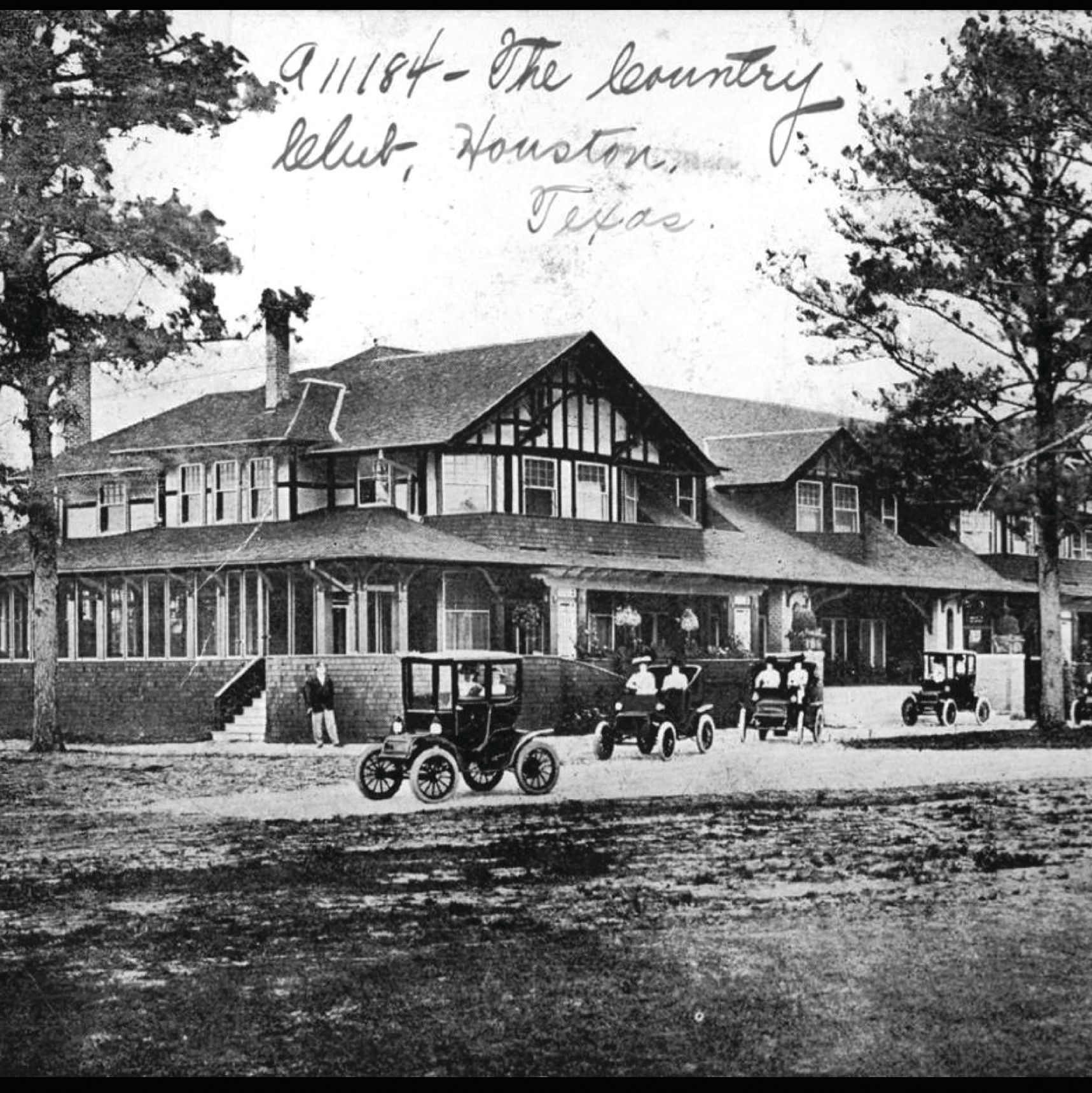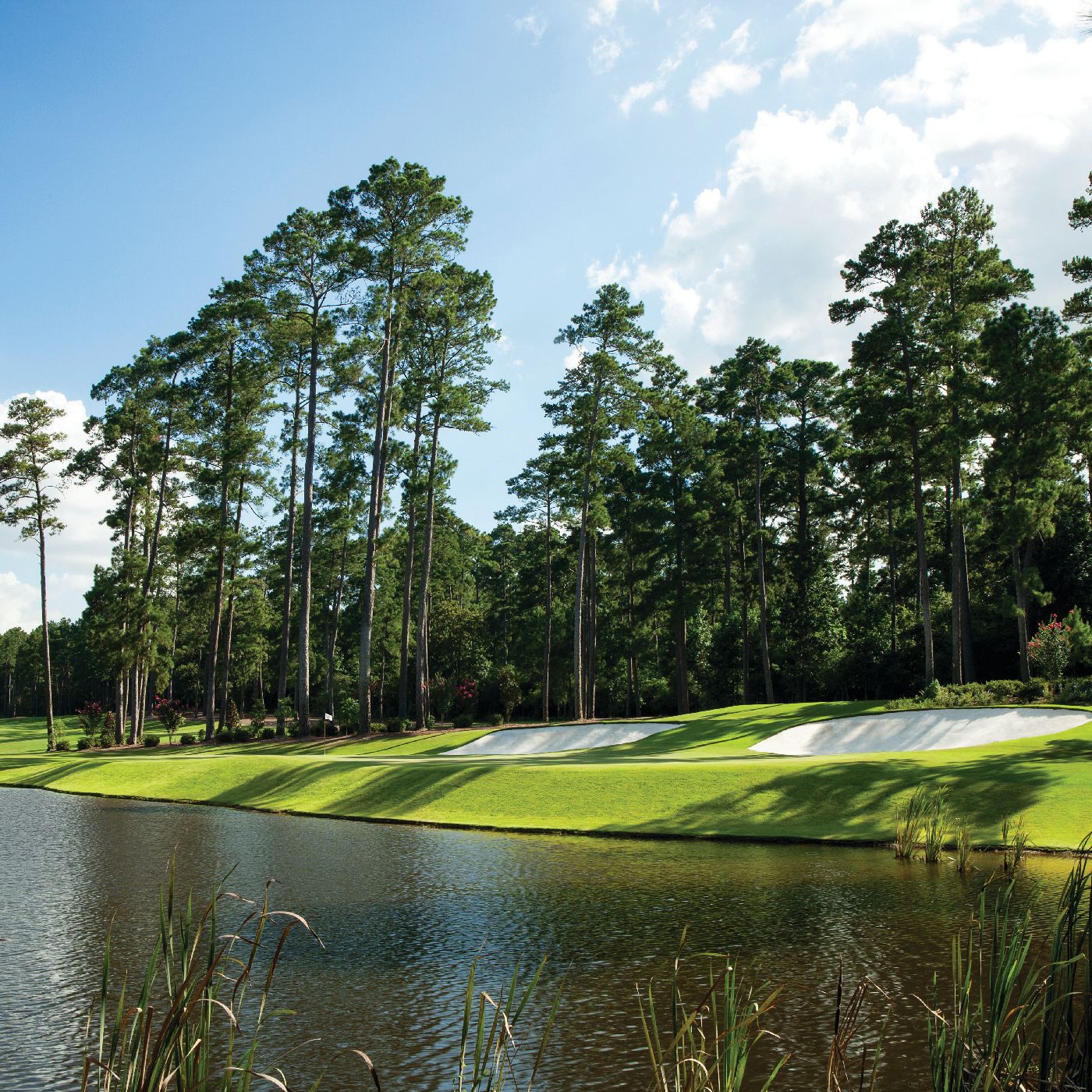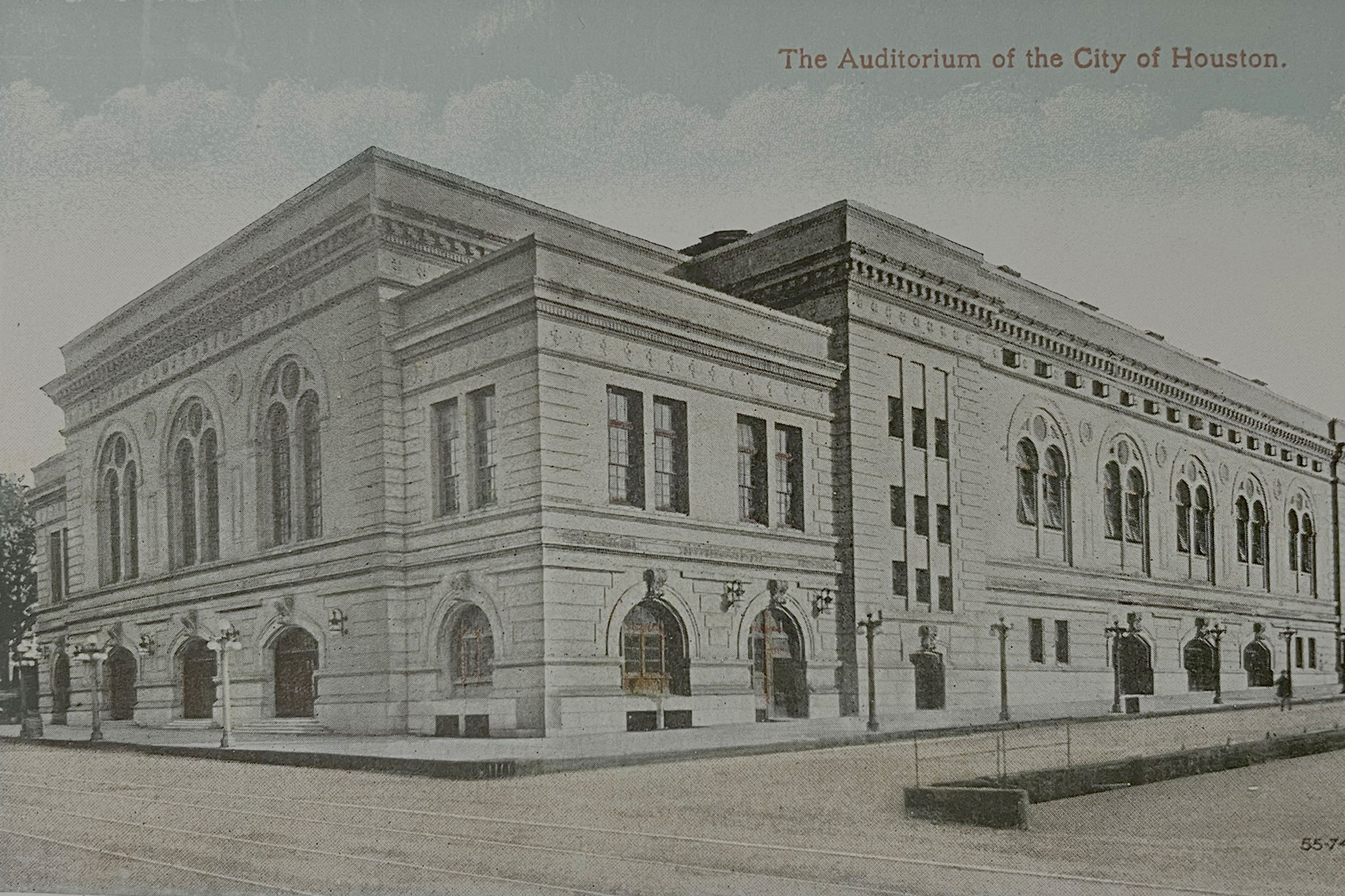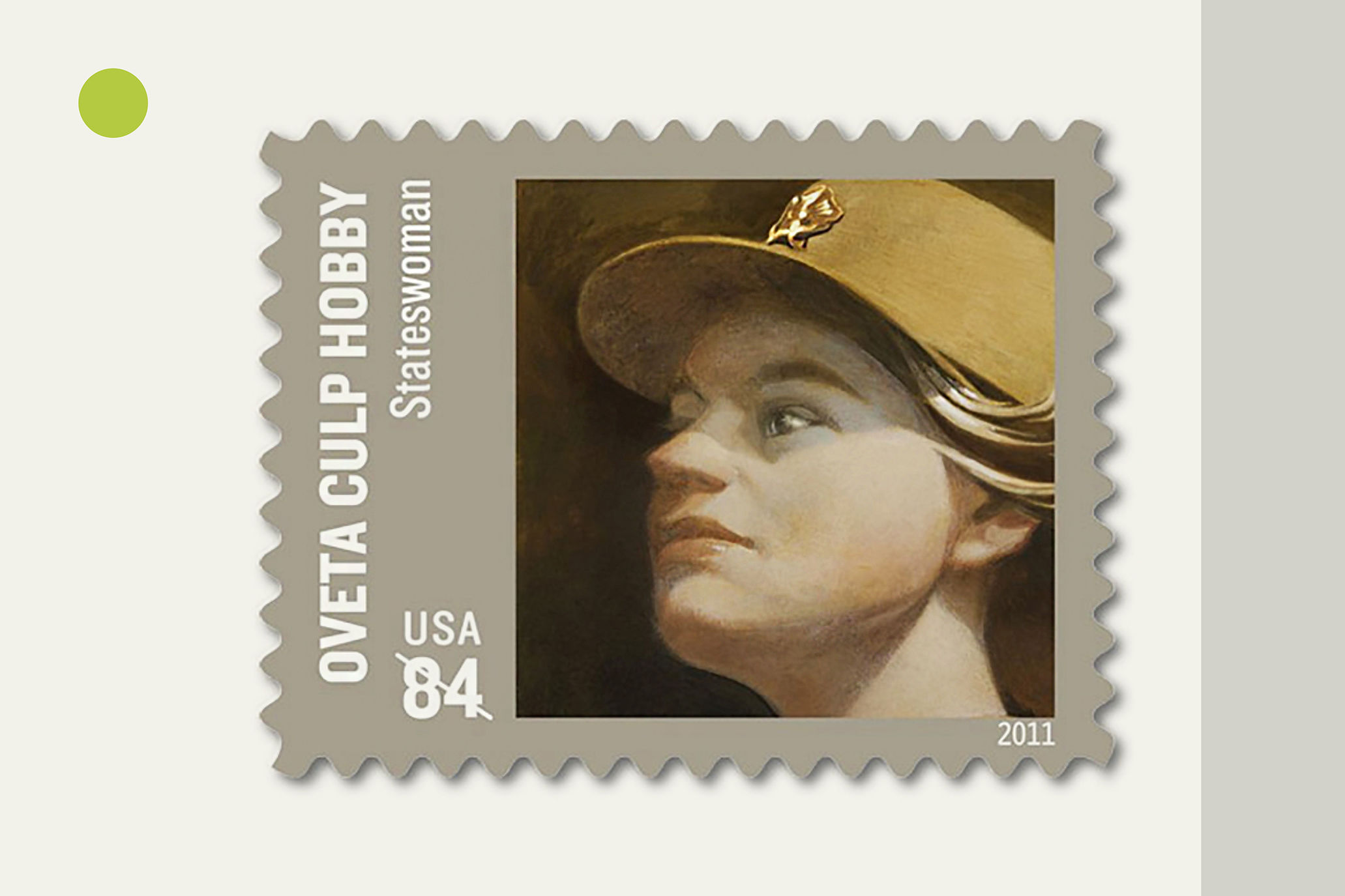Muni Saved: Revitalizing the Historic Gus Wortham Park Golf Course

Houston Country Club, circa 1918
Built on the banks of Brays Bayou in Houston’s East End in 1908, it was the first 18-hole course in the city, and Howard Hughes reportedly was on the course so regularly that, rumor has it, he used a secret tunnel to take him from his nearby home straight onto the green.
Despite its storied history, this municipal gem, one of the city’s most walkable courses (though you can rent a cart to traverse the rolling hills), had fallen into disrepair over the years. However, it is in the process of being restored to its former greatness as the splashiest golfing destination in town as the end of a multimillion-dollar, five-year revitalization comes into sight.
When it first opened in the early days of the last century as the members-only Houston Country Club—after moving from the original 45-acre site near Glenwood Cemetery—the 151-acre property, designed by club member A.W. Pollard, attracted local bigwigs Jesse Jones and Gus Wortham, who rubbed elbows with the likes of Bobby Jones and Hughes over a four-decade-long heyday. When the club relocated to posh Tanglewood (naturally) in 1957, Wortham himself purchased the East End course, renaming it the Houston Executive Club. When he sold it to the city for a cool $3.6 million in 1973, the municipal course was renamed in his honor.
By the 2000s, however, the muni was losing money and becoming outdated—it needed capital investment if it hoped to catch up to the world of modern play. The city didn’t have resources to invest and was considering making it the future home of the Dynamos or part of the Houston Botanic Garden instead—both ideas fought vigorously by neighborhood groups and the nonprofit, Friends of Wortham, made up of people who love the course.
In 2015, realizing the Gus Wortham’s historic and cultural significance, the nonprofit Houston Golf Association, which ran the Shell Houston Open for decades, interceded and took over operations through a 30-year contract with the city.
“There were golf legends that played expositions here,” the association’s president, Steve Timms, says. “Bob Jones, Francis Oimet. A lot of the legends of the game had a footprint here.”
With a new master plan in hand, in 2017 the Gus Wortham was shut down for nearly two years as it began an $11 million phased facelift.
The first and most important revitalization was the course itself, which debuted in October 2018 with a new TifEagle Bermuda grass surface, an irrigation lake, a modern feel, and better movement thanks to course architects Finger Dye Spann. It now meets USGA standards, and has a proper 300-yard driving range (the old one was oddly short). The second phase of revitalization, slated to debut this fall, will include a new clubhouse and pro shop, a grill area with restrooms, and a new short game area.
But there’s more to come. Wanting to give back to the community, the HGA has expanded its junior golf program, The First Tee of Greater Houston, in hopes of enticing more neighborhood children to learn the game and life skills. A third phase of renovations, now in the works, with fundraising starting soon, will include a new educational space and more multi-purpose facilities.
In the end, Timms hopes the revitalization will stimulate East End economic activity while paying homage to the course’s history. It already appears to be working. The public played well over 40,000 rounds of golf here in 2019, and 2020 numbers were even higher. The course has hosted two city amateur men’s championships and a high school tournament, and the HGA now operates two munis in Houston with an eye toward revitalization.
Even folks who don’t golf will find reason enough to go—a new two-plus-mile hike-and-bike trail around the course links up to the Brays Bayou Greenway—but for golf lovers, says Timms, “We have topography, elevation changes, and we’ve got beautiful views of the downtown skyline from several of the holes.”
And if that doesn’t get you, near the 12th hole you’ll find “Howard’s Hole,” a brick manhole that might be where Hughes emerged like the gopher in Caddyshack to play his rounds. Now that’s the type of landmark we can get behind.








